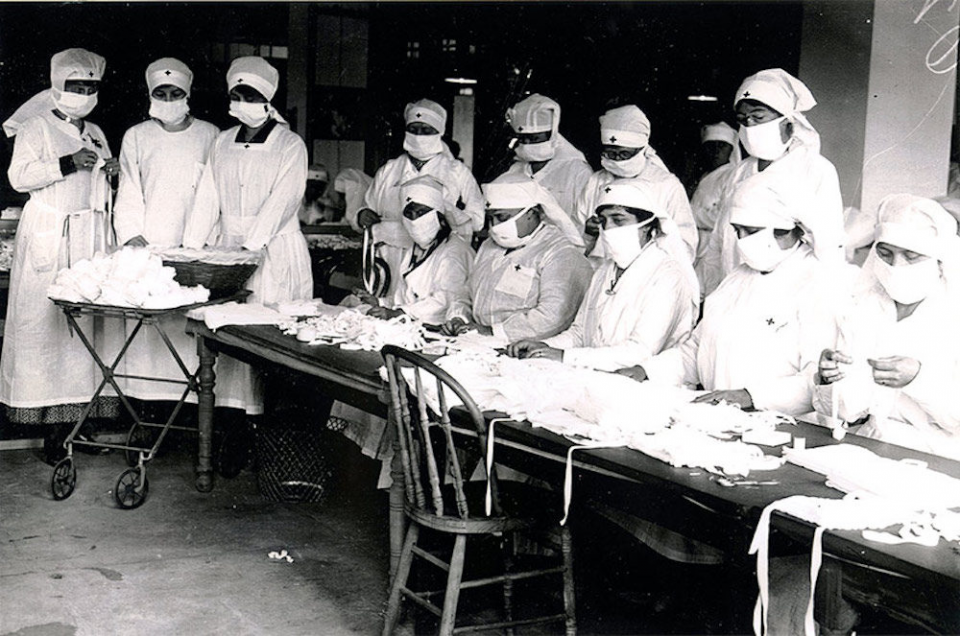- A pandemic is the worst case scenario, for infectious diseases.
- An epidemic beyond a country’s borders is officially a pandemic.
- Cholera, 3 types of bubonic plague, smallpox, and influenza are some of the most brutal killers in human history.
- Outbreaks of diseases across international borders are properly defined as a pandemic.
- The deadliest pandemic in the history of time was: smallpox, which throughout history, has killed between 300-500 million people in its 12,000 year existence.
- The current pandemics, still pestering humanity in the present are: AIDS, Zika Virus and COVID-19.
List of Pandemics In The History Of Mankind: Present Day and Past Diseases
Present Day Pandemics:
AIDS (1981 to Present Day)
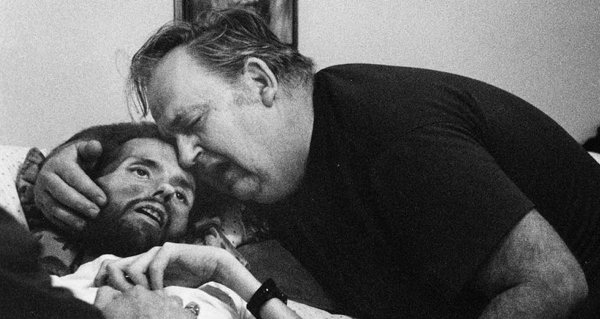
- Death Toll: 36 million
- 75 million people have had HIV, but between 2005 and 2012 the annual global deaths from HIV/AIDS fell from 2.2 million to 1.6 million.
- 64% of human immunodeficiency viruses(HIV) live in sub-Saharan Africa.
- 31 and 35 million people are living with HIV, majorly in Sub-Saharan Africa, where 5% (21 million people) of the population is infected.
- Despite the lack of a cure for AIDS, antiretroviral therapy medications can control HIV and slow its progress dramatically, allowing someone infected to live a long life.
- Basketball legend Magic Johnson made history when he retired from the NBA in 1991, becoming the most prominent celebrity to go public with an HIV diagnosis at that time.
First identified in Congo in 1976 (not 1981), HIV/AIDS has truly proven itself as a global pandemic, killing more than 36 million. AIDS was first observed in American gay communities but is believed to have developed from a chimpanzee virus (that later transferred to humans) from West Africa in the 1920s. The disease, which spreads through certain body fluids, moved to Haiti in the 1960s, and then to America in 1970.
What we can take away from the AIDS pandemic is the patterns that keep repeating in history. The spread in the 1960s began affecting the world in the 1980s. A pandemic never rises out of nowhere, it develops and develops until it starts to engulf the global population. The AIDS virus made its way around the world, and AIDS was a pandemic by the late 20th century. AIDS’ Patient Zero was Canadian flight attendant Gaëtan Dugas. he hailed from the French and English speaking Quebec Province of Canada.
AIDS destroys a person’s immune system, resulting in imminent or gradual death by diseases that the body would usually fight off. Those infected will have fever, headache, and enlarged lymph nodes upon infection.
For decades, the disease had no known cure, but medication developed in the 1990s now allows patients to get treatment like any other flu.
Zika Virus Epidemic: (2015 to Present Day)
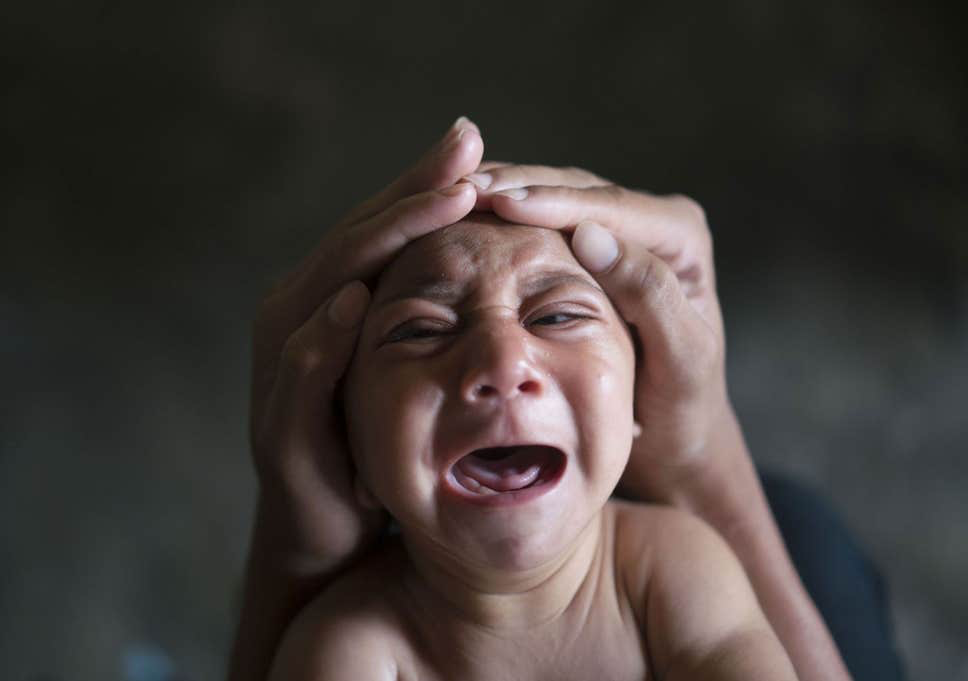
- Spread through mosquitoes, it can also be sexually transmitted in humans.
- Although Zika is usually not harmful to adults or children, it can attack infants who are still in the womb and cause birth defects.
The impact of the recent Zika epidemic in South America and Central America, is unknown as of today. Major cities in Canada didn’t report any Zika cases.
The species of mosquitoes that carry Zika flourish best in warm, humid climates, making South America, Central America and parts of the southern United States prime areas for the virus to flourish. Had it travelled the globe, Asia would have taken a huge toll.
2019: COVID-19

- On March 11, 2020, COVID-19 virus officially barreled through 114 countries in three months and infected over 118,000 people. And the spread wasn’t anywhere near finished.
- Symptoms include respiratory problems, fever, cough, hallucinations, chest pain and can lead to pneumonia and death. Akin to SARS, it’s spread through droplets from sneezing and coughing.
- The WHO (World Health Organization) declared Covid-19 a pandemic on March 11th, and by the end of that month, the world saw more than a half-million people infected and nearly 30,000 deaths.
- As of March 18, 2020, worldwide cases have indicated that Coronavirus will spread largely throughout the world, eventually infecting 40 to 70 percent of the world population.
- As of April 13th, the global death count of COVID-19 is 118,472.
- The push for the human race (especially individuals with pre-existing or underlying illnesses and old individuals) to survive the pandemic is the primary concern in the world, not to mention the number of beds, ventilators and hospital staff.
Between late November and December 2019, in the region of Wuhan, China, a new aka (“novel”) coronavirus began appearing in human beings. It has been named Covid-19, or “coronavirus disease of 2019.”
Initial cases in China appeared on November 17, 2019, in the Hubei Province, but went unrecognized, almost hidden. Many learned about COVID-19 when ophthalmologist Dr. Li Wenliang defied government orders and released a cautionary warning to other doctors. The following day, China informed WHO and charged Dr. Li with a crime. He died from COVID-19 over a month later.
With a lack of vaccines, the virus spread beyond Chinese borders and by mid-March, it had spread globally to more than 163 countries. In lieu of the virus, the fear of quick contamination between people, due to its newness, is the number one fear. No one on earth has immunity to Covid-19, as it began in 2019. While it was initially categorized as an epidemic in China, the virus spread worldwide within months.
With the coronavirus pandemic, people all over the world have become more aware of the best practices during a pandemic, from careful hand-washing for 20 seconds, to social distancing, and sanitizing almost everything. Many countries have declared mandatory stay-at-home measures, closing airports, public transport, schools, businesses, online shopping for things other than food, and public places.
The infection rate in the US and other nations currently continues to spike, without the possibility of vaccines. The outcome of the Covid-19 pandemic is impossible to predict, however, the patterns of pandemics from the past can be our greatest teachers to determine our best course of action.
History of Pandemics: Learning Old Patterns, Copying Isolation.
Communicable diseases have persevered ever since humankind’s hunter-gatherer days, but a 10,000 years ago humans created close knit societies that made epidemics more possible.
Living close to each other (and to animals) coupled with poor sanitation and nutrition, provided fertile breeding grounds for disease. And new overseas trading routes created the first global pandemics.
Prehistoric Pandemic: 3000 B.C.

This epidemic wiped out a prehistoric village in China. The dead bodies (skeletons of juveniles, young adults and middle-age people) were stuffed inside a house that was later burned down. The archaeological site is one of the best-preserved prehistoric sites in northeastern China.
Plague of Athens: 430 B.C.
- After a war between Athens and Sparta began, an epidemic killed the people of Athens and lasted for five years with a death toll as high as 100,000 people.
- Many scholars say that overcrowding caused by the war exacerbated the epidemic.
The Greek historian Thucydides wrote that “people in good health were all of a sudden attacked by violent heats in the head, and redness and inflammation in the eyes, the inward parts, such as the throat or tongue, becoming bloody and emitting an unnatural and fetid breath”.
Plague of Galen: A.D. 165-180
Called the Antonine Plague, this ancient pandemic destroyed Asia Minor, Egypt, Greece, and Italy and is thought to have been either Smallpox or Measles. This unknown disease was brought back to Rome by soldiers returning from Mesopotamia, after a war against Parthia, around 165AD. Unknowingly, they had spread a disease which would end up killing over 5 million people and destroying the Roman army.
Plague of Cyprian: A.D. 250-271
This pandemic killed 5,000 people a day in Rome alone. In 2014, archaeologists in Luxor, Rome found what appears to be a mass burial site of plague victims. Their bodies were covered with a thick layer of lime (historically used as a disinfectant).
“The bowels, relaxed into a constant flux, discharge the bodily strength [and] a fire originated in the marrow ferments into wounds of the fauces (an area of the mouth),” one Cyprian wrote and documented in Latin in a work called “De mortalitate” (translation by Philip Schaff from the book “Fathers of the Third Century: Hippolytus, Cyprian, Caius, Novatian, Appendix,” Christian Classics Ethereal Library, 1885).
Plague of Justinian: Rats!
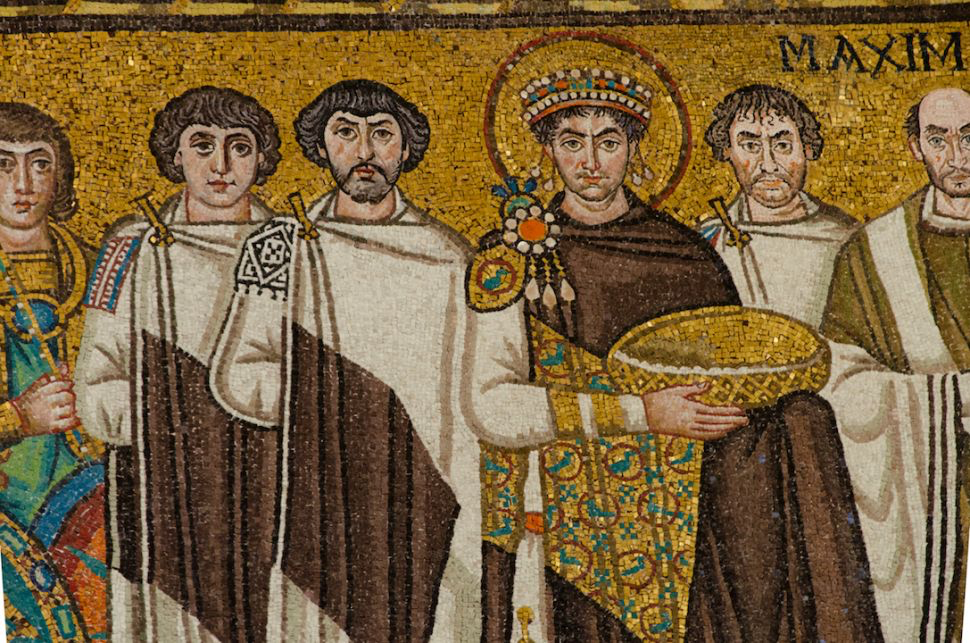
- Three of the deadliest pandemics in recorded history were caused by a single bacterium, Yersinia pestis, a fatal pandemic otherwise known as the plague.
- “People had no real understanding of how to fight it other than trying to avoid sick people,” stated a history professor at DePaul University. “As to how the plague ended, the best guess is that the majority of people in a pandemic somehow survive, and those who survive have immunity.”
- The plague ended up killing an estimated 30 to 50 million people, perhaps half of the world’s population.
The Plague of Justinian began in 541 CE. Thought to have killed perhaps half the population of Europe, this pandemic was carried over the Mediterranean Sea from Egypt, a recently conquered land paying tribute to Emperor Justinian in the form of grain. Plague-ridden fleas attached themselves to the black rats that snacked on the grain. The plague destroyed Constantinople and spread like wildfire across Europe, Asia, North Africa and Arabia .
Generally regarded as the first recorded incident of the Bubonic Plague, the Plague of Justinian left its mark on the world, devastating the city of Constantinople, where at its height it was killing an estimated 5,000 people per day and eventually resulting in the deaths of 40% of the city’s population.
The plague reoccurred periodically afterward. A certain estimate suggests that up to 10% of the world’s population died.
The plague is named after the Byzantine Emperor Justinian. The creator of Hagia Sophia, also got sick with the plague and survived; however, his empire gradually lost territory in the time after the plague struck.
Black Death: The First Quarantine Ever
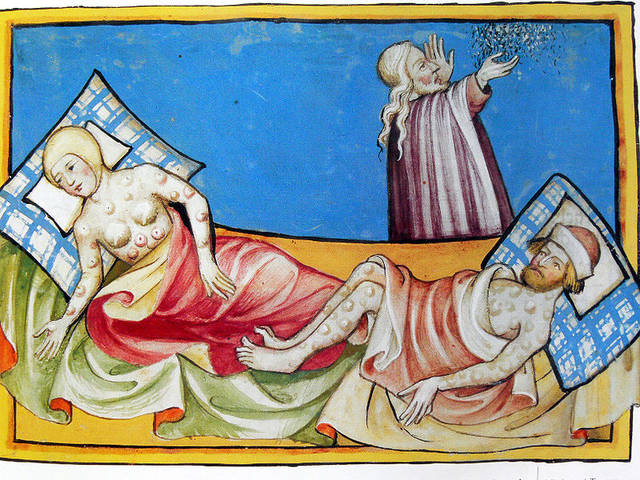
Wikimedia Commons
- Between 1346 to 1353 an outbreak of the Plague ravaged Europe, Africa, and Asia, with an estimated death toll between 75 and 200 million people in 4 years!
- It was caused by a strain of the bacterium Yersinia pestis, the same from the Plague of Justinian.
- Dead bodies became so prevalent that many remained rotting on the ground and created a constant stench in Europe. Many wars ended or halted due to the stench.
Responsible for the death of one-third of the world population, this second large outbreak of the bubonic plague is thought to have originated in Asia. The Plague migrated from continents through fleas living on the rats that lived aboard merchant ships. Ports being major hubs, were the perfect breeding ground for the rats and fleas, and thus the bacterium flourished, devastating three continents in its wake.
Entering through Sicily in 1347 A.D, it spread throughout Europe rapidly. England and France were so affected, they called a truce to their war. The plague also changed the course of Europe’s technology as labourers reduced.
The plague never really went away, and when it returned 800 years later, the first ever quarantine was invented. People still had no scientific understanding of contagion, but they knew that it had something to do with proximity. Police of Venetian-controlled port city of Ragusa decided to keep newly arrived sailors in isolation until they could prove they weren’t sick.
These sailors were literally quarantined on their ships for 30 days, which became known in Venetian law as a trentino. Soon the Venetians increased the forced isolation to 40 days or a quarantino, the origin of the word quarantine and the start of its practice in the Western world.
The Great Plague of London: British Isolation
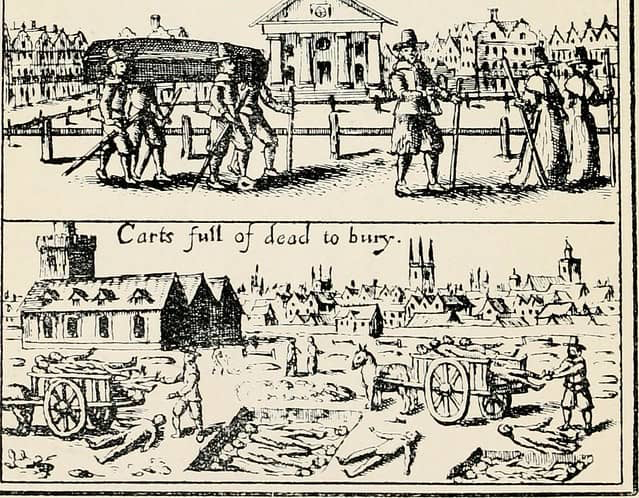
After the Black Death, 20 percent of the men, women and children living in the British capital or London were killed – killing 100,000 Londoners in just seven months.
In 1500, England imposed the first laws to separate the sick from the healthy as houses stricken by plague were marked with a bale of hay strung to a pole outside. If you had infected family members, you were forced to carry a white pole when you went out in public.
The Great Plague of 1665 had all public entertainment banned and victims were forcibly shut into their homes to prevent the spread of the disease. Isolating the sick in their homes may have been the only way to bring the great plague outbreak to an end.
Smallpox: 15th Century Vaccine
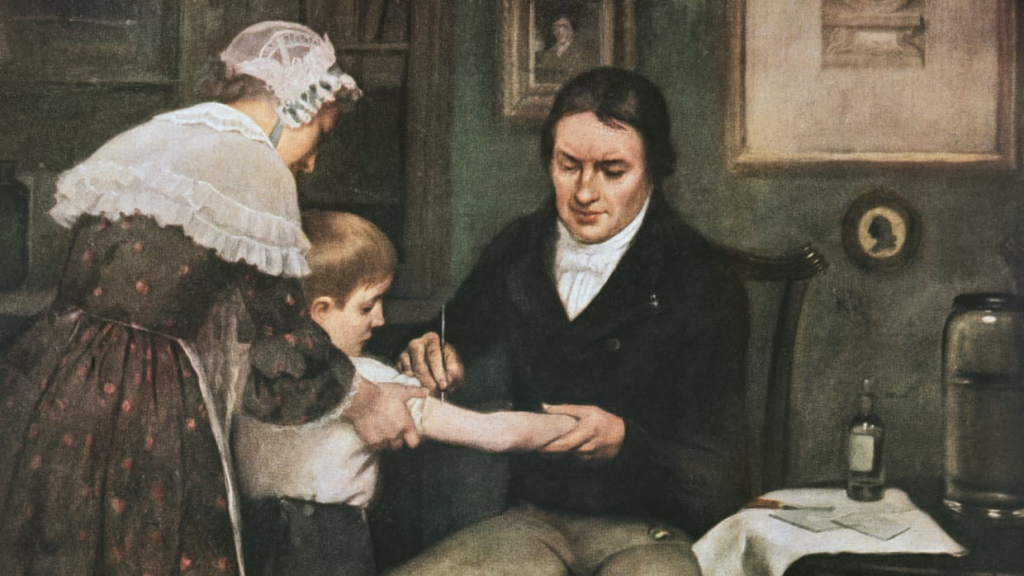
Smallpox was endemic to Europe, Asia and Arabia for centuries, killing three out of ten people, infecting and leaving the rest with pockmarked scars. But the death rate in the Old World paled in comparison to when the smallpox virus arrived in the 15th century with the first European explorers.
Smallpox became the first virus epidemic to be ended by a vaccine. In the late 18th-century, a British doctor named Edward Jenner noticed that milkmaids infected with a milder virus called cowpox seemed immune to Smallpox. This doctor famously inoculated his gardener’s 9-year-old son with cowpox and then exposed him to the smallpox virus with no ill effect. Today, smallpox is completely eradicated from the face of the Earth.
Cholera: Mid 19th Century Burden
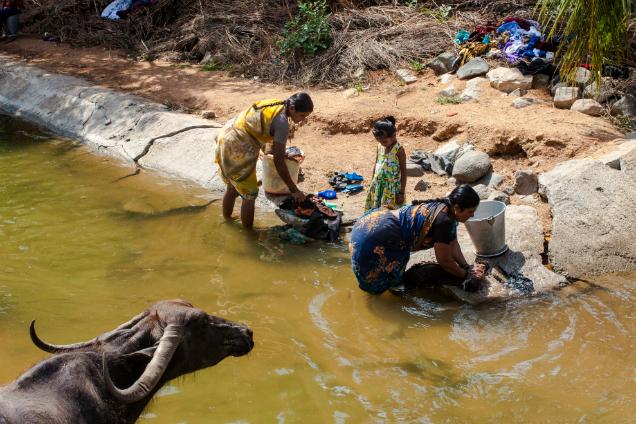
- Cholera tore through England, killing tens of thousands.
- A British doctor named John Snow suspected that the mysterious disease, which killed its victims within days of the first symptoms, lurked in London’s drinking water.
- The third major outbreak of Cholera in the 19th century lasted from 1852 to 1860.
Pouring through hospital records and morgue reports to track the precise locations of deadly outbreaks, Snow created a geographic chart of cholera deaths over a 10-day period and found 500 fatal infections surrounding the Broad Street pump, a popular city well for drinking water.
“As soon as I became acquainted with the situation and extent of this irruption (sic) of cholera, I suspected some contamination of the water of the much-frequented street-pump in Broad Street,” wrote Snow.
He then convinced local officials to remove the pump handle on the Broad Street drinking well, rendering it unusable, and the infections disappeared. This led to a global effort to improve urban sanitation and protect drinking water from contamination.
While cholera has largely been eradicated, it continued to be a persistent killer in third-world countries lacking adequate sewage treatment and access to clean drinking water. For eg, the Third Cholera Pandemic originated in India, spreading from the Ganges River Delta before tearing through Asia, Europe, North America and Africa and ending the lives of over a million people.
The Sixth Cholera Pandemic was the source of the last American outbreak of Cholera (1910–1911). Although Cholera continues today, it is not a pandemic.
Spanish Flu: 1918-1920
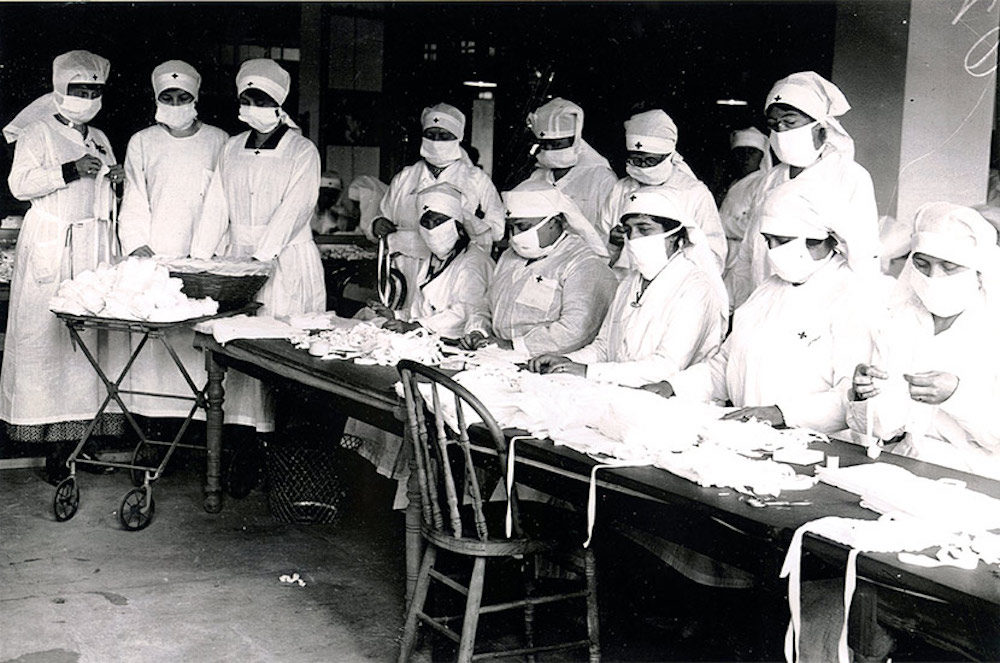
A pandemic outbreak in Madrid in the spring of 1918 led to the pandemic being called the “Spanish flu.” By October, hundreds of thousands of Americans died, however, the flu threat disappeared in the summer of 1919 when most of the infected had either developed immunities or died.
An estimated 500 million were affected by Spanish Flu. One-fifth of this group died, with some indigenous communities pushed to the brink of extinction. The flu’s contagious lethality was enhanced by the cramped conditions of soldiers and poor wartime nutrition that many people were experiencing during World War I.
Asian Flu: Death in the 1950s
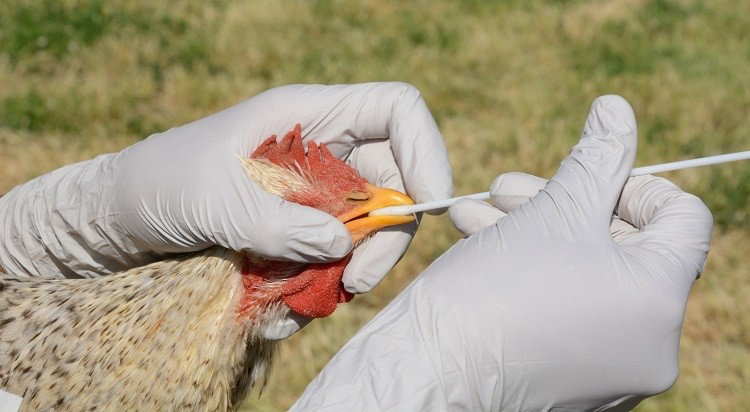
The Asian Flu or Avian pandemic had its roots in China. This pandemic took more than 1 million lives and the virus that caused the pandemic was a blend of avian flu viruses. This pandemic spread rapidly and was reported in Singapore in February 1957, Hong Kong in April 1957, and the United States. The total death toll exceeded 1.1 million worldwide, with 116,000 deaths occurring in the United States.
Hong Kong Pandemic: 1968

A category 2 Flu pandemic was caused by the H3N2 strain of the Influenza A virus, a genetic offshoot of the H2N2 subtype.
The first reported case on July 13, 1968 in Hong Kong, stated that it took only 17 days before outbreaks of the virus were reported in Singapore and Vietnam, and within three months had spread to The Philippines, India, Australia, Europe, and the United States.
While the 1968 pandemic had a comparatively low mortality rate (.5%) it still resulted in the deaths of more than a million people, including 500,000 residents (15% of the population) of Hong Kong.
2003: SARS (Severe Acute Respiratory Syndrome)

First spotted in 2003 after several months of cases, Severe Acute Respiratory Syndrome is believed to have possibly started with bats, similar to the COVID 19 pandemic. SARS also
spread to cats and to 26 other countries, infecting 8,096 people, with 774 deaths.
SARS is characterized by respiratory problems, dry cough, fever and head and body aches similar to COVID 19 and is spread through respiratory droplets from coughs and sneezes, as they are both caused by a coronavirus.
Quarantine efforts proved effective and by July, the virus disappeared. China was criticized for trying to suppress information about the virus at the beginning of the outbreak of SARS.
H1N1 Swine Flu Pandemic: 2009 to 2010

The 2009 swine flu pandemic was caused by a new strain of H1N1 that originated in Mexico infecting as many as 1.4 billion people across the globe since 2009. It killed between 151,700 and 575,400 people, according to the CDC.
A vaccine for swine flu is now included in the annual flu vaccine, as it primarily affects children and young adults, and 80% of the deaths were in people younger than 65, the CDC reported.
Ebola Epidemic: 2014 to 2016
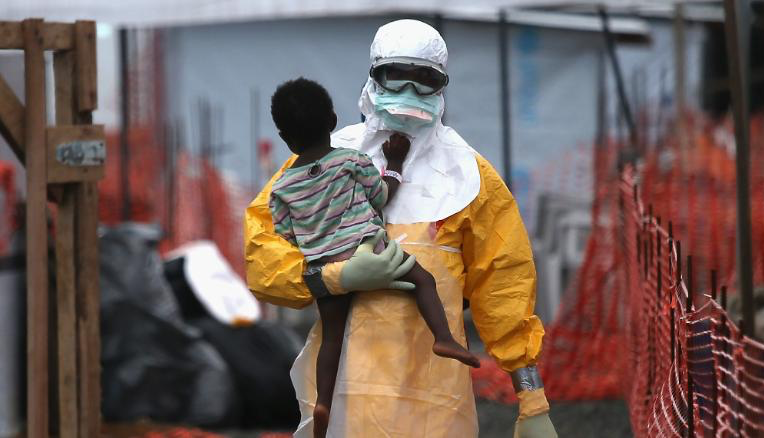
Ebola destroyed West Africa between 2014 and 2016, with 28,600 reported cases and 11,325 deaths. The first case to be reported was in Guinea in December 2013, then the disease quickly spread to Liberia and Sierra Leone (the majority of the cases and deaths occurred here). There is no cure for Ebola and vaccines are still in development.
